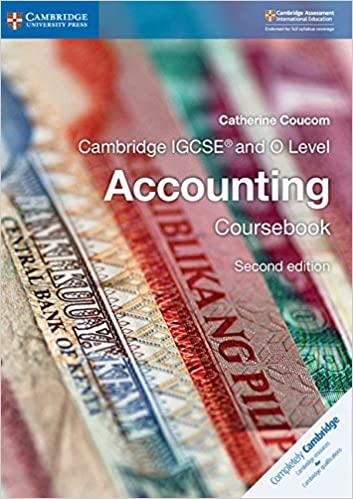Answered step by step
Verified Expert Solution
Question
1 Approved Answer
fQUESTION 25 It the income tan-L rate is 39%. the Before-Tax protit equal to an After-tax prot of 5553.030 is:ito- the nearest dollar] I.':_':- a.




























Step by Step Solution
There are 3 Steps involved in it
Step: 1

Get Instant Access to Expert-Tailored Solutions
See step-by-step solutions with expert insights and AI powered tools for academic success
Step: 2

Step: 3

Ace Your Homework with AI
Get the answers you need in no time with our AI-driven, step-by-step assistance
Get Started


